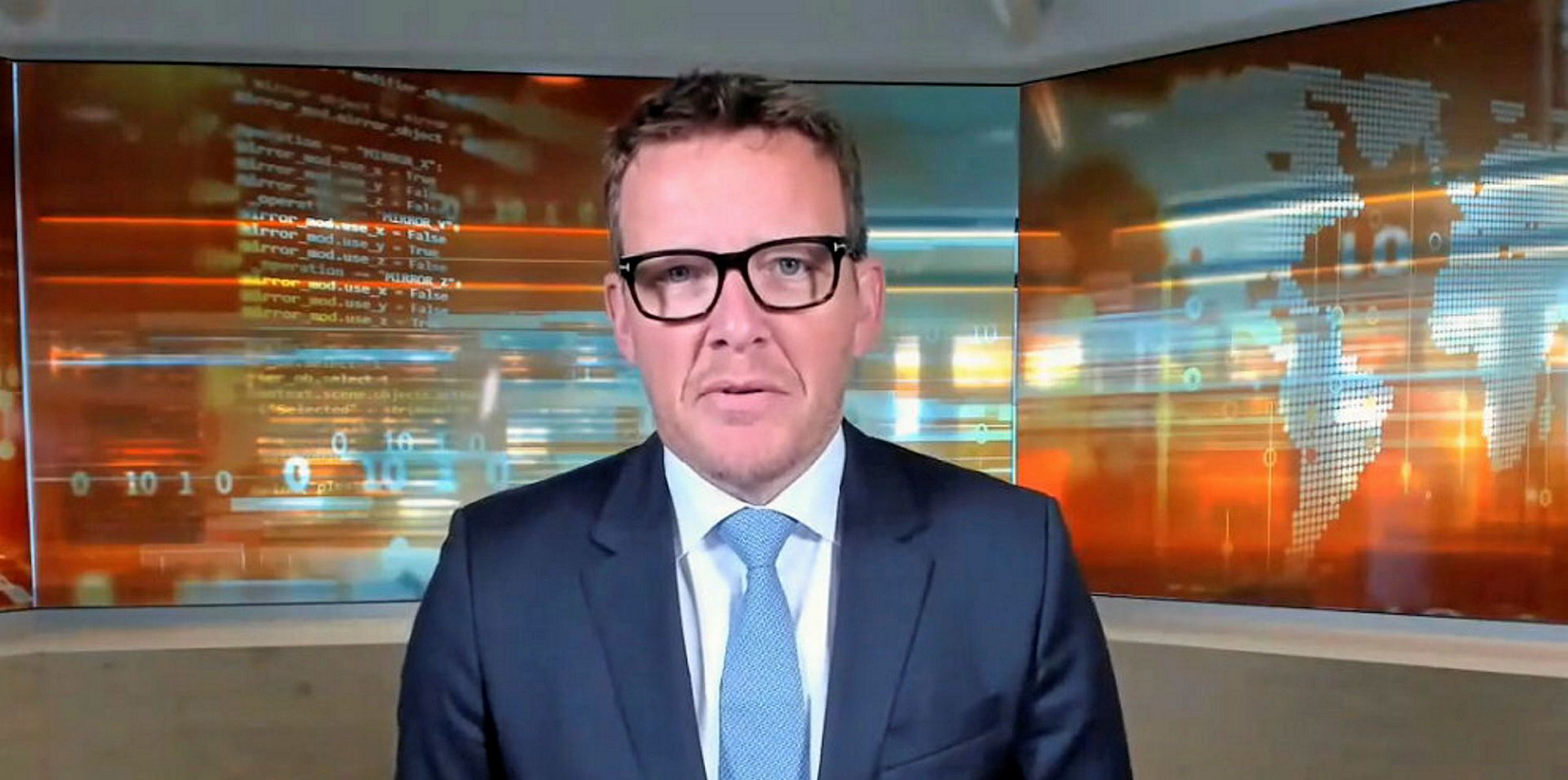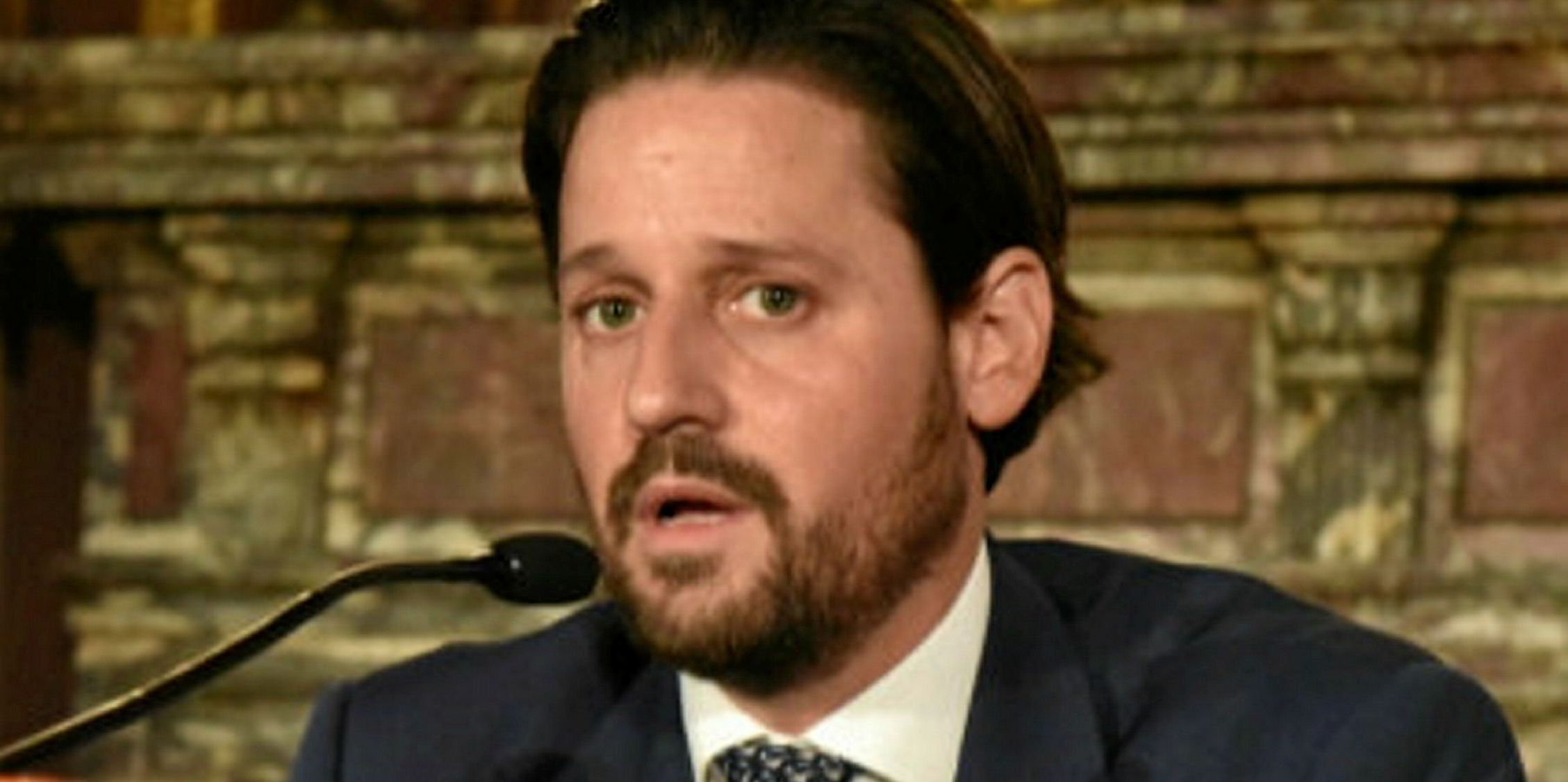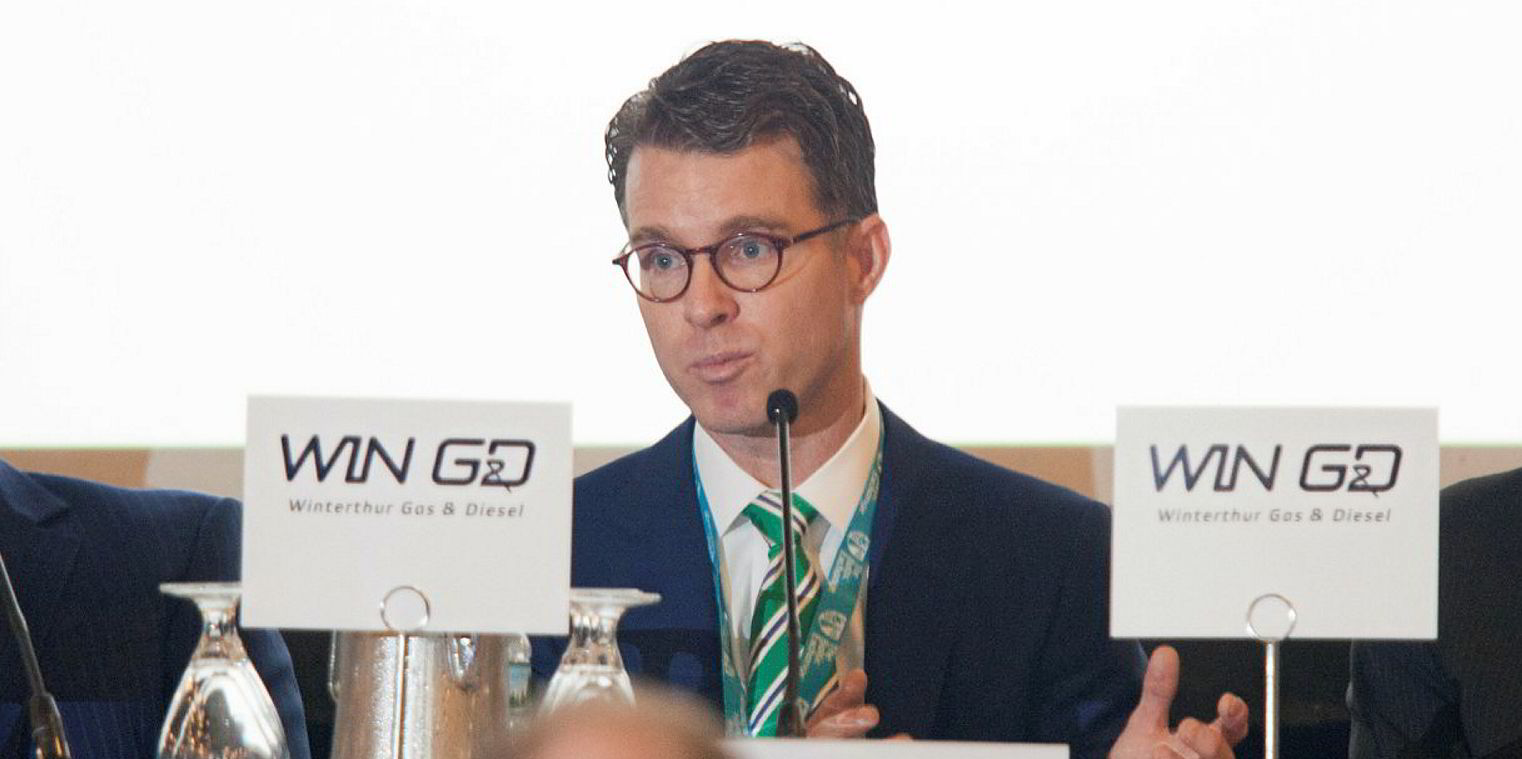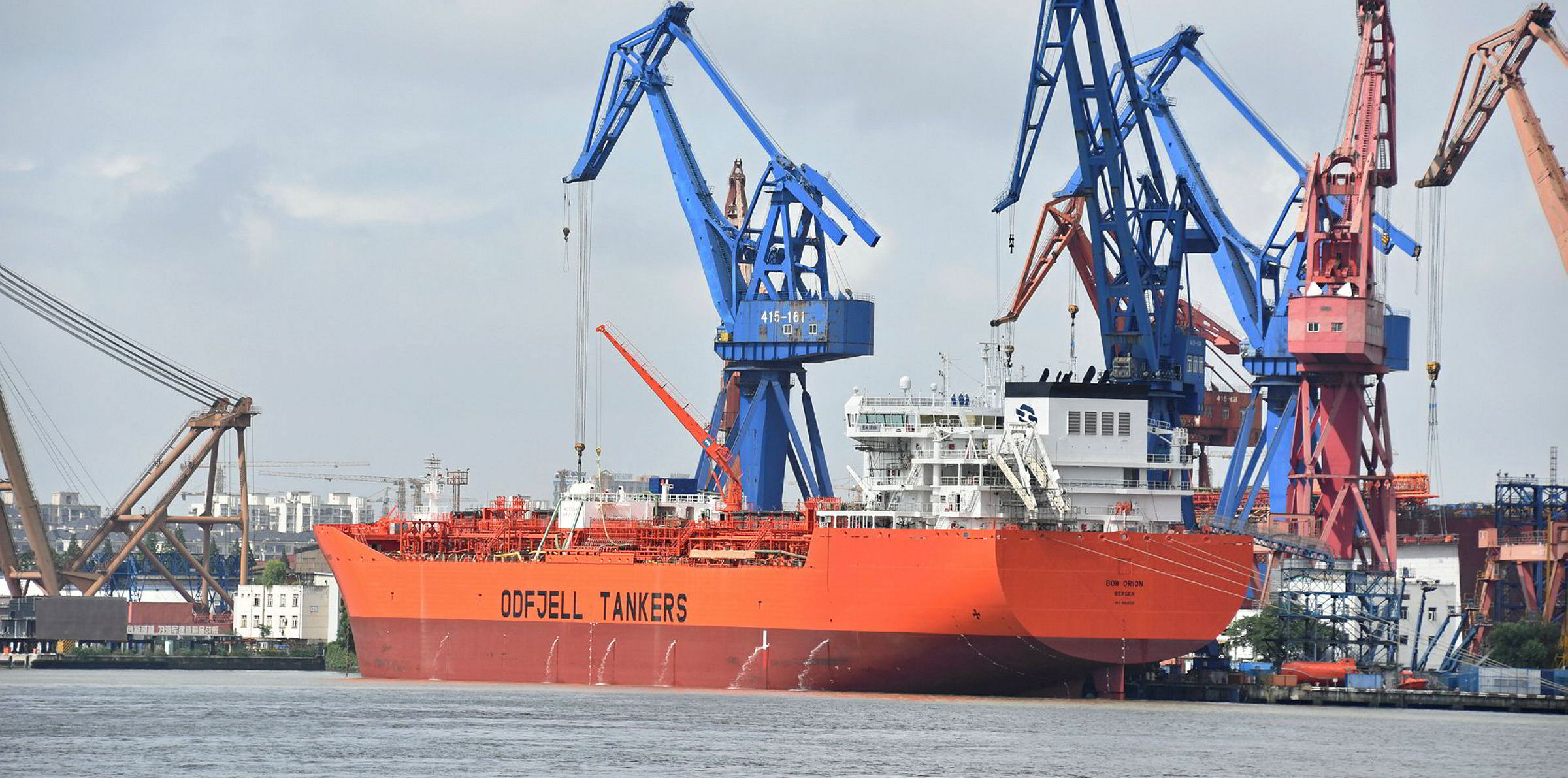Oslo-listed chemical tanker owner Odfjell has sounded a positive note on its markets despite taking into account the worst-case scenario from coronavirus disruption.
Negative demand would be a "stretch of the imagination", the company's top executives said in a capital markets day, held as a live webcast for the first time due to coronavirus restrictions.
"The main message is that 2020 has started quite well, despite coronavirus, and we are encouraged by the demand data," chief executive Kristian Morch said.
"But we are approaching the second half of the year with caution. We are less and less concerned about the pandemic, but about what may come after."
He explained that a potential second wave of the virus remains a major risk.
"But we have to deal with what's in front of us," he said. "You'd need to really stretch your imagination to think we're going into negative demand territory."
Orderbook not about to expand
Odfjell believes a large share of the fleet is becoming less competitive and efficient and will not be in compliance with future regulations.
Many will need to be replaced by 2025, but the question of what propulsion should be used for newbuildings will provide a block on an order rush, the chemical tanker owner said.
The positive market outlook is currently supported by a non-existent orderbook.
The company is forecasting tonne-mile demand growth of between 2% and 4% for chemical tankers up to 2022.
The 2% is a gloomy scenario predicated on prolonged effects from Covid-19, while 4% is "more normalised" growth, which it views as high in a historic context.
Odfjell also expects a stronger second quarter, compared to the first quarter.
The Bergen-headquartered company has noted a slightly softer chemical tanker market, but strength in the clean product sector has largely offset this.
Contract of affreightment rates have been stronger, with Odfjell's fleet term coverage now around 50%.
Coverage is just right
"We don't want contract coverage too high. If you're contracted at around 80% or 90% you lose the flexibility in the system, it becomes very rigid," Morch added.
"But you don't want it too low either. Many of our customers move their products in fixed trades, and by having coverage of not less than 50% we have a base cargo and a base understanding of where the fleet is going to go."
The CEO sees cover of between 50% and 60% as ideal.
The company estimated tonne-mile growth amounted to 5% in the first quarter, outstripping net fleet growth of 3%.
Fearnley Securities said that the chemical tanker market has now seen six consecutive quarters of tightening fundamentals, with demand exceeding supply.
"That said, the peak growth levels in new chemical capacity (ethylene glycyl, methanol) in the US and Middle East Gulf are now largely a thing of the past, whilst we expect a softening product tanker market over the summer to gradually result in more swing tonnage returning to the chemical tanker trades," said the Norwegian investment bank.
Fearnley Securities also said the economic uncertainty which plagued the economy through much of 2019 has also "put a lid" on new investments.
"Much of the same naturally also applies for 2020 where expectations are for low investments in new chemical infrastructure," the Astrup Fearnley unit said.






